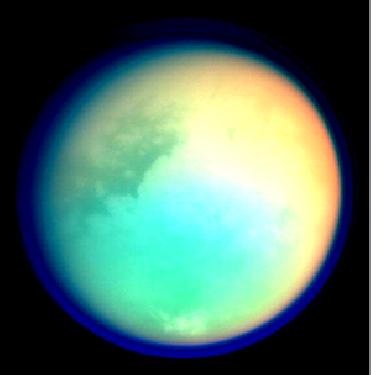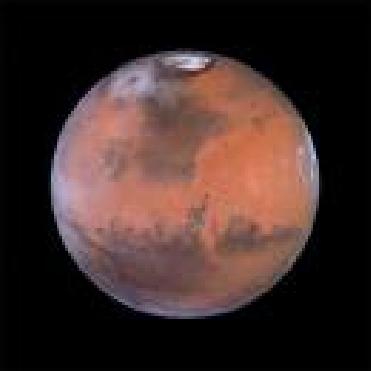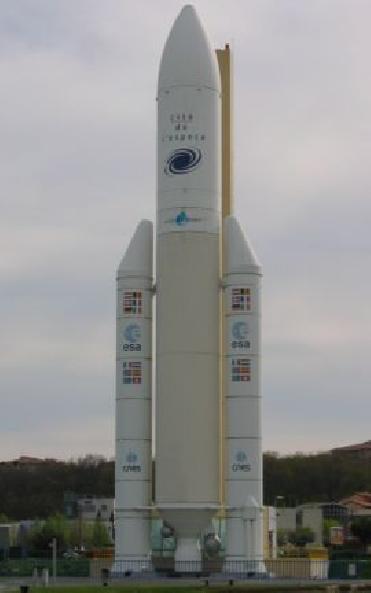
TUCSON, Arizona (BNS): The research on tholins has made a breakthrough. An Arizona University student, in her study, says that Titan’s tholins might interact with water to produce complex molecules similar to those found on the early Earth.
Compounds similar to them can be hydrolyzed at near-freezing temperatures, claims a study by Catherine Neish, a planetary science student at the University of Arizona. Although scientists knew about the existence of tholins in comets and outer planets, more about it was in the realm of mystery.
Saturn's moon Titan is believed to be largely made up of ice, which may melt during meteor impacts or in underground processes, producing 'ice volcanoes' that emit a 'lava' containing ammonia and water. Neish conducted the study to find out whether tholins formed on Titan's atmosphere reacted with liquid water temporarily exposed by meteor impacts or ice volcanoes to produce potentially probiotic complex organic molecules, before the freezing of water.
Neish created organic compounds similar to tholins by subjecting a mixture of 5 per cent methane and 95 per cent nitrogen to electrical discharge at a low temperature (-78 degrees C). She dissolved samples of the resulting material in water, and then, at a range of temperatures from freezing up to 40 degrees C, measured the rate at which the mixture hydrolyzed. It was found that up to 10 per cent of the organic compounds reacted with oxygen from the water to form complex organic molecules.
The experiment was published in the Journal Astrobiology. However, Dr. James P. Ferris, research professor at Rensselaer Polytechnic Institute University, who has conducted study of chemistry on Titan's atmosphere for years, has said that there are many loopholes in her work.
"Neish has used an electric discharge to generate tholins, while those in Titan's atmosphere are probably generated by ultraviolet (UV) light and charged-particle radiation," Ferris said, but agreed that analyzing results of hydrolysis on samples produced by UV light are more difficult because of the small samples formed.
The Arizona student said that electric, or plasma, discharge was meant to mimic charged particle interactions. She agreed that UV light radiation produced tholins that look more like Titan's haze, but pointed out that most experiments conducted in labs did not react with water.
Neish has clarified, "Tholins formed at low pressure seem to look more like Titan's haze than those formed at higher pressures. You can make tholins at low pressures using UV light; you cannot make tholins at low pressure using plasma discharge. To make the amount of tholins needed for the experiment, one needed to use the discharge technique. UV photolysis only produces small amounts."
 Previous Article
Previous Article Next Article
Next Article













The Indian Air Force, in its flight trials evaluation report submitted before the Defence Ministry l..
view articleAn insight into the Medium Multi-Role Combat Aircraft competition...
view articleSky enthusiasts can now spot the International Space Station (ISS) commanded by Indian-American astr..
view article